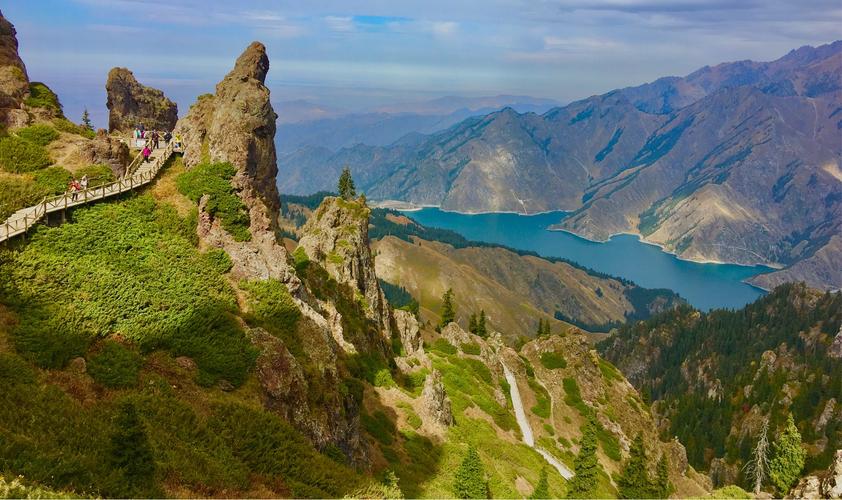Cultural heritage values are an integral part of our society, representing the practices, beliefs, and traditions that have been passed down to us from our ancestors. They connect us to the past and define our identity as a people. It is crucial to preserve these values in today’s world, where globalization and modernity threaten to erode them.
Cultural heritage values provide a sense of belonging to communities and societies, fostering social cohesion and stability. They are a source of inspiration for artists, writers, and other practitioners of various cultural forms. They also play a vital role in the economic development of countries, attracting tourists and creating job opportunities in the tourism industry.
In recent years, there has been a growing awareness of the importance of preserving cultural heritage values. Several global organizations like UNESCO are working towards safeguarding the world’s cultural heritage. Governments are also taking measures to protect cultural heritage sites and artifacts, such as designated areas or funding restoration efforts.
One of the main challenges of preserving cultural heritage values is balancing the need for development with the need for preservation. In many cases, development projects like infrastructure and urban planning projects have led to the destruction of heritage sites. Therefore, it is important to involve local communities in the planning process and ensure that their cultural heritage values are respected.
Another challenge is the lack of education and awareness about the importance of cultural heritage. Many people are unaware of the value of their cultural heritage or lack the resources to preserve it. Therefore, it is essential to educate people about the significance of cultural heritage and provide them with the necessary resources.
One example of successful cultural heritage preservation is the restoration of the Old City of Jerusalem. The project involved the restoration of several historic landmarks, streets, and buildings, preserving the city’s unique cultural heritage and attracting tourists from across the world. Another example is the preservation of the temples of Angkor in Cambodia, which involved extensive efforts to restore the structures and prevent further decay or damage.
In conclusion, preserving cultural heritage values is crucial for the preservation of our identity, economic development, and social cohesion. It is imperative to involve local communities, engage in education and awareness efforts, and balance development with preservation. By doing so, we can safeguard our cultural heritage and ensure that it is passed down to future generations.
(Note: Do you have knowledge or insights to share? Unlock new opportunities and expand your reach by joining our authors team. Click Registration to join us and share your expertise with our readers.)
Speech tips:
Please note that any statements involving politics will not be approved.
